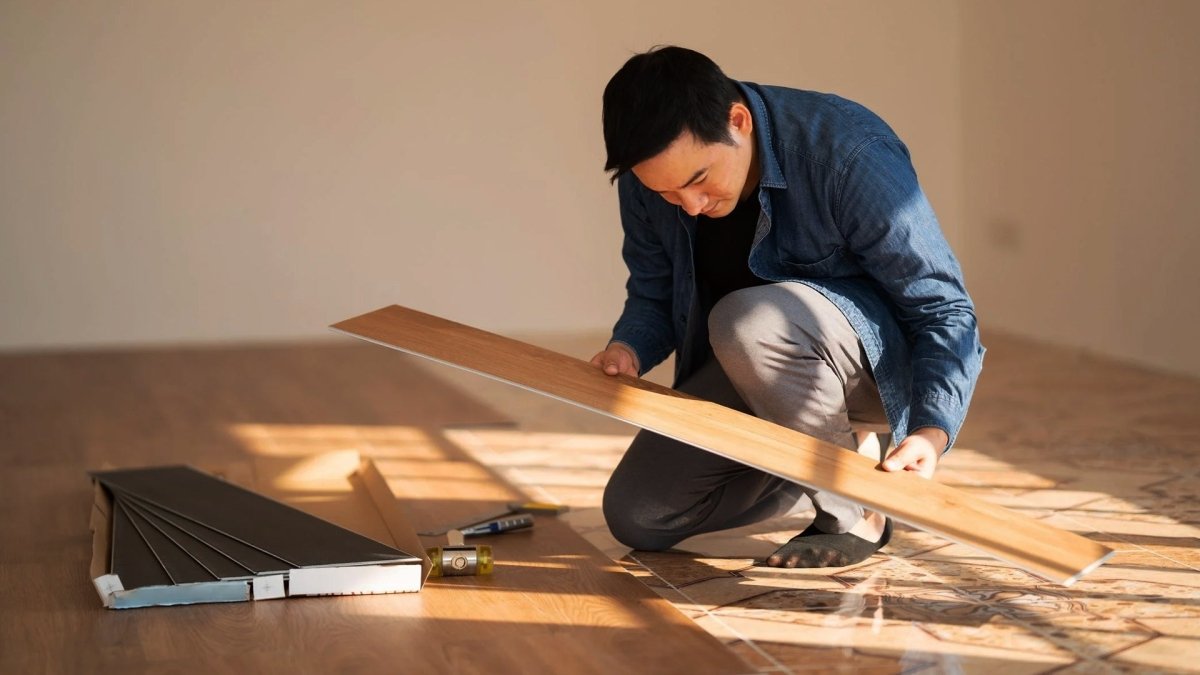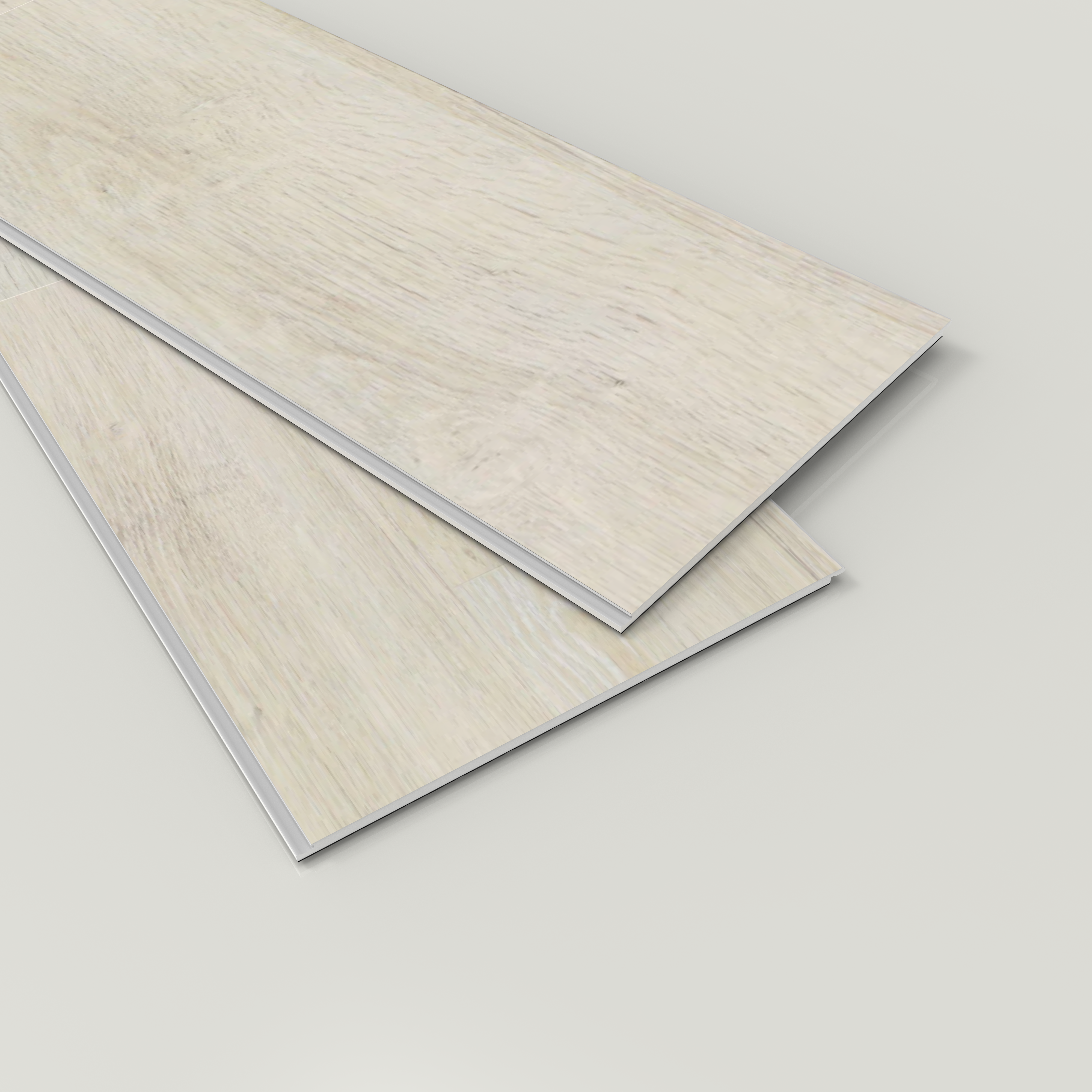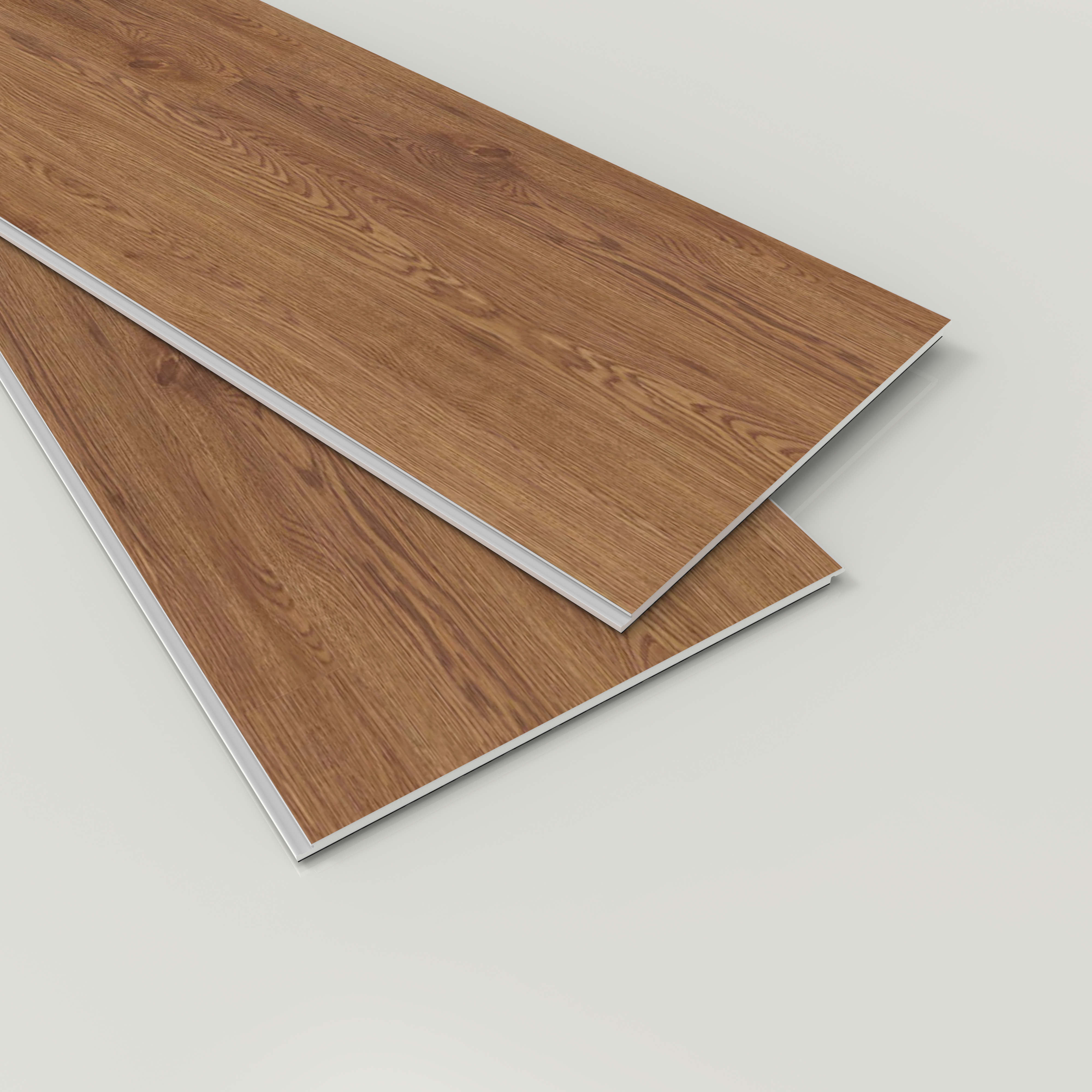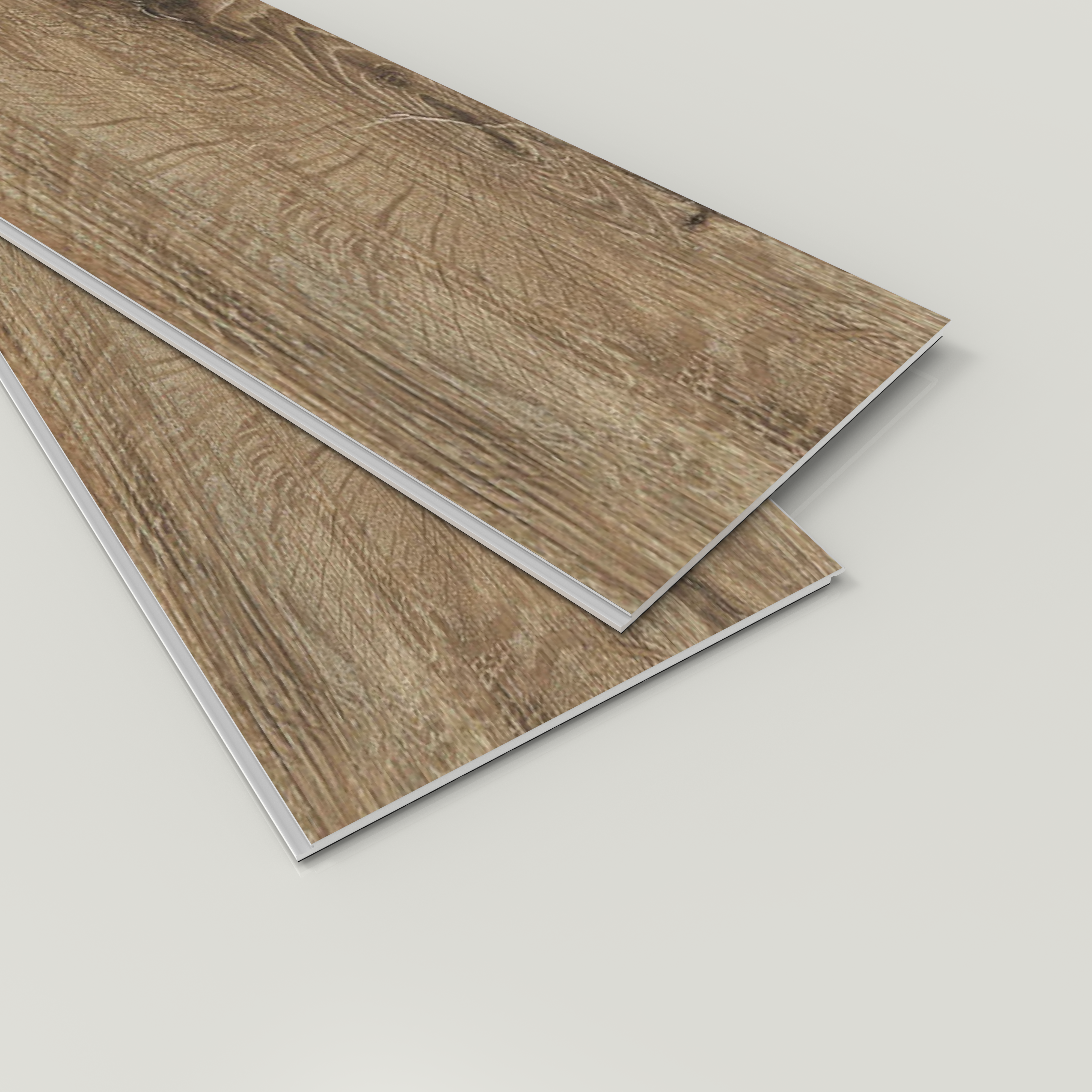In today’s world, where do-it-yourself projects have become more popular than ever, installing SPC flooring is a task that many homeowners are taking on themselves. SPC flooring, known for its robust and waterproof qualities, has become a favored choice for those looking to upgrade their floors without professional help. This guide will walk you through the process of installing SPC flooring in your home, ensuring that you achieve a professional-looking finish with the satisfaction of having done it yourself.
What is SPC Flooring?
SPC (Stone Plastic Composite) flooring is a robust and versatile flooring option. It combines natural limestone powder, polyvinyl chloride, and stabilizers to provide a very sturdy base. This flooring is known for its SPC rigid core, which offers durability and is resistant to impacts. Additionally, SPC waterproof flooring is an ideal choice for areas prone to moisture, like kitchens, bathrooms, and basements.
Required Tools and Materials
Before beginning the installation, ensure you have the following tools and materials handy:
- SPC Vinyl Flooring planks
- Tape measure
- Utility knife
- Rubber mallet
- Tapping block
- Spacers
- Level
- Pencil or chalk line
Preparation
- Room Preparation: Clear the room of furniture and remove any existing flooring if necessary. Ensure the subfloor is level, clean and dry.
- Acclimation: Place the SPC flooring in the room for at least 48 hours before installation. This step is crucial for the material to adjust to the room temperature and humidity.
- Plan Your Layout: Measure the room and plan the layout to minimize waste and ensure that you won’t end with very narrow planks at the room's edges.
Installation Steps
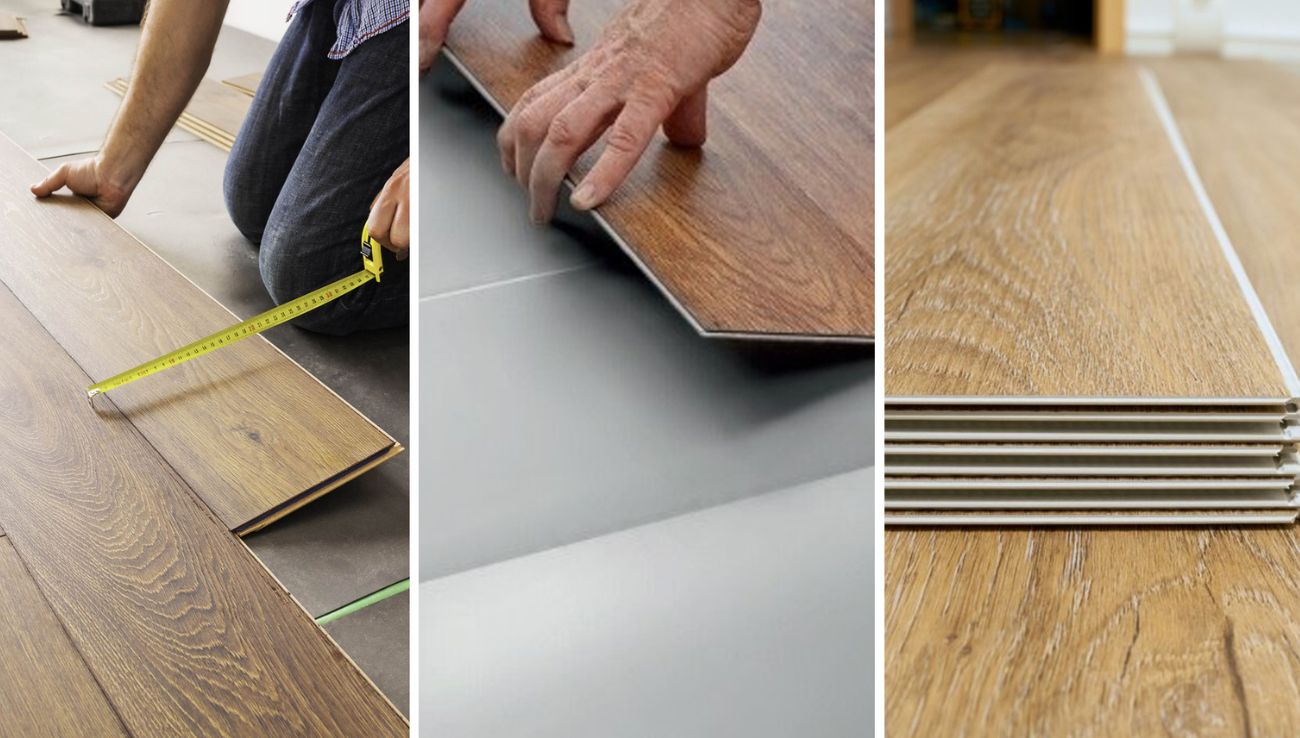
- Start in a Corner: Begin in a corner of the room, placing spacers between the wall and the first plank to maintain an expansion gap.
- Laying the First Plank: Carefully align the first plank and gently tap it into place using a rubber mallet and tapping block.
- Continue Adding Planks: Install the next plank by angling it slightly and snapping it into the groove of the first plank. Continue this process, ensuring each plank is firmly in place.
- Cutting Planks: Measure and mark where cuts are needed. Use a utility knife to score the plank and then snap it along the line. A fine-tooth saw can also be used for complex cuts.
- Stagger the Seams: Make sure to stagger the seams by at least 6 inches between adjacent rows for a more natural and stable floor.
- Fitting Around Obstacles: When reaching obstacles like door frames or pipes, measure and cut the planks to fit. Always leave a small expansion gap around these areas.
- Final Row: For the last row, measure the gap and cut the planks to fit. It might be necessary to use a pull bar to snugly fit the last row of planks.
- Finishing Touches: Once all planks are laid, remove the spacers. You can add baseboards or quarter-round molding to cover the expansion gaps and enhance the room’s appearance.
Aftercare and Maintenance
SPC flooring is low maintenance. Regular sweeping or vacuuming is sufficient to keep the floor clean. For deeper cleaning, use a damp mop with a mild cleaner. Avoid harsh chemicals and excessive water.
Conclusion:
In conclusion, installing SPC flooring by yourself can be a fulfilling project. You can easily transform your space by yourself. With its remarkable , SPC flooring is an excellent choice for DIY enthusiasts looking to upgrade their home flooring.
FAQs
- Can SPC floors be installed over existing tiles?
Yes, SPC flooring can be installed over tiles, provided the surface is level and in good condition.
- Is underlayment necessary for SPC rigid core flooring?
While SPC flooring's rigid core reduces the need for underlayment, it can be used for additional soundproofing and insulation.
- Can SPC flooring be used in high-moisture areas?
Yes, due to its waterproof nature, SPC flooring is suitable for areas like bathrooms and kitchens.
- How do SPC floors react to temperature changes?
SPC flooring is more stable in temperature changes compared to other vinyl floorings due to its rigid core.
- Is SPC vinyl flooring pet-friendly?
Yes, SPC vinyl flooring is durable and scratch-resistant, making it suitable for homes with pets.





